Understanding the Science of Purifying Water
Introduction
Water, the elixir of life, is essential for our survival. Yet, access to clean water remains a global challenge. Water filtration experiments play a crucial role in understanding the science behind purifying water and ensuring its safety for consumption.
Thesis Statement
This article aims to delve into the fascinating world of water filtration experiments, explaining the principles, methods, and applications of this vital process. By embarking on this journey, we will uncover the secrets of transforming contaminated water into a life-giving resource.
Types of Water Contaminants
Chemicals are a major source of water contamination. They can come from a variety of sources, including industrial discharge, agricultural runoff, and household cleaning products. Some of the most common chemical contaminants include:
- Chlorine: Chlorine is a disinfectant that is used to kill bacteria in water. However, it can also react with other chemicals in water to form harmful byproducts, such as trihalomethanes (THMs).
- Lead: Lead is a heavy metal that can leach into water from old pipes and fixtures. Lead is toxic to humans and can cause a variety of health problems, including brain damage and kidney damage.
- Mercury: Mercury is a heavy metal that can contaminate water from industrial discharge and mining activities. Mercury is toxic to humans and can cause a variety of health problems, including neurological damage and kidney damage.
- Pesticides: Pesticides are chemicals that are used to kill pests. They can contaminate water from agricultural runoff and can be harmful to humans and wildlife.
- Pharmaceuticals: Pharmaceuticals are drugs that are used to treat various medical conditions. They can contaminate water from wastewater treatment plants and can be harmful to humans and wildlife.
Principles of Water Filtration
In the realm of water purification, biological processes stand out as nature’s unsung heroes. These processes harness the power of living organisms to eliminate contaminants, creating a symphony of clean water.
Like a microscopic army, microorganisms and enzymes tirelessly work to break down and remove harmful substances. They’re the unsung heroes behind the scenes, ensuring the water we drink is free from bacteria, viruses, and other unwanted guests.
One of the most well-known biological filtration methods is the slow sand filter. Imagine a leisurely stroll through a sandy beach, where the water gently filters through the sand, leaving behind impurities. In a slow sand filter, the sand acts as a playground for microorganisms, creating a thriving ecosystem that purifies water as it passes through.
Biological filtration is a testament to the power of nature’s ingenuity. By harnessing the abilities of microorganisms, we can create a sustainable and effective way to keep our water clean and safe.
Common Water Filtration Methods
Distillation is a process that involves boiling water and collecting the steam. The steam is then condensed back into liquid form, leaving behind the impurities. Distillation is a very effective method of water filtration, as it can remove a wide range of contaminants, including bacteria, viruses, and heavy metals. However, distillation is also a relatively expensive and energy-intensive process.
Advantages of Distillation:
- Removes a wide range of contaminants
- Produces high-quality water
- Relatively simple to operate
Disadvantages of Distillation:
- Expensive
- Energy-intensive
- Can be slow
Materials for Water Filtration Experiments
Gathering and Preparing Materials
Conducting a water filtration experiment requires specific materials. Here’s a checklist to ensure you have everything you need:
- Water samples: Collect water samples from different sources, such as tap water, well water, or a nearby stream.
- Filters: Choose filters based on the contaminants you want to remove. Common filter types include activated carbon, ceramic, and reverse osmosis membranes.
- Test kits: These kits allow you to test the water samples for specific contaminants, such as bacteria, chlorine, or heavy metals.
- Graduated cylinders or beakers: Use these to measure water volumes accurately.
- Funnels: Funnel the water samples through the filters.
- Gloves and safety glasses: Protect yourself from potential contaminants.
Once you have gathered the materials, it’s important to prepare them properly. Clean and sterilize all equipment to avoid introducing additional contaminants. Calibrate the test kits according to the manufacturer’s instructions to ensure accurate results.
WATER FILTRATION EXPERIMENT EXPLANATION ON YOUTUBE
Step-by-Step Experiment Procedure
After completing the filtration process, it’s time to put on our detective hats and analyze the results. 🕵️♂️👩🔬
We’ll use a test kit to measure the levels of contaminants in the filtered water. 🧪 By comparing these results with the initial water sample, we can determine how effectively the filter removed the impurities.
If the test results show a significant reduction in contaminants, we can conclude that the filter is doing its job! 🎉 On the other hand, if the results are similar to the original water, it’s a sign that the filter may not be as effective as we hoped. 😞
Remember, the goal is to achieve clean, safe water that we can drink with confidence. So, don’t hesitate to adjust the filter or try a different method if the results aren’t satisfactory. 💧
Expected Results and Interpretation 💧🧪
As you embark on your water filtration experiment, you’ll eagerly anticipate the results. Based on the principles of filtration, you can expect the filtered water to be significantly cleaner than the original sample. Contaminants like bacteria, viruses, and heavy metals will be trapped by the filter, leaving behind purified water.
To assess the effectiveness of your filtration method, you’ll use test kits to measure the levels of contaminants in both the original and filtered water. Comparing these results will reveal the extent to which your filter has removed impurities. If the filtered water shows significantly reduced levels of contaminants, you can confidently conclude that your filtration method is doing its job! 🔬
Applications of Water Filtration
Water filtration plays a pivotal role in safeguarding our planet and ensuring public well-being. It’s like a superhero, protecting us from waterborne diseases and environmental hazards.
One crucial application is providing clean drinking water in regions where access to safe water is limited. Imagine a child in a developing country, thirsty and vulnerable. Water filtration offers a lifeline, transforming contaminated water into a source of hydration and health.
Moreover, water filtration helps remove pollutants from industrial wastewater. Industries often discharge harmful chemicals, heavy metals, and other contaminants into water bodies. Filtration systems act as guardians, purifying this polluted water before it enters our rivers, lakes, and oceans.
By protecting aquatic ecosystems, water filtration preserves the delicate balance of nature. Fish, plants, and other organisms rely on clean water for survival. When water is contaminated, it can disrupt entire ecosystems, affecting biodiversity and the food chain. Water filtration safeguards these precious habitats, ensuring a healthy and thriving environment.
Limitations and Future Directions
Limitations of Water Filtration Experiments
Despite their usefulness, water filtration experiments have certain limitations. One limitation is that they typically involve small-scale setups that may not accurately represent real-world conditions. For instance, a laboratory experiment may use a small amount of water and a specific type of filter, while in practice, water filtration systems may need to handle large volumes of water with varying levels of contamination.
Another limitation is that water filtration experiments often focus on removing specific contaminants, but they may not be effective against all types of contaminants. For example, a filter that is designed to remove bacteria may not be effective against viruses or heavy metals.
Future Directions in Water Filtration Research
To address these limitations and advance the field of water filtration, future research should focus on developing more comprehensive and representative experiments. This could involve using larger-scale setups, testing a wider range of contaminants, and simulating real-world conditions.
Additionally, research should explore emerging technologies and advancements in water filtration. For instance, researchers are investigating the use of nanomaterials, membrane technologies, and advanced oxidation processes to improve the efficiency and effectiveness of water filtration systems.
By addressing these limitations and pursuing future research directions, we can continue to improve our understanding of water filtration and develop more effective technologies to provide clean and safe water for all.
Conclusion
The Power of Clean Water
“Water is the elixir of life,” as the saying goes. It’s not just a cliché; it’s a fundamental truth. Clean water is essential for our health, our environment, and our very survival. Understanding the science behind water filtration experiments empowers us to make informed choices about the water we drink and the water we use.
By conducting these experiments, we gain insights into the effectiveness of different filtration methods and the importance of water quality. It’s like being a water detective, uncovering the secrets of clean water and its profound impact on our lives.
Remember, every drop of clean water we have access to is a testament to the power of science and the dedication of those working tirelessly to ensure we have this precious resource. Let’s continue to support research and innovation in water filtration, so that everyone, everywhere, can enjoy the benefits of clean, safe water.
EDUCATOR GUIDE: WATER FILTRATION CHALLENGE | NASA/JPL EDU
WATER FILTRATION EXPERIMENTS: TOPICS BY SCIENCE.GOV
AERUS WATER FILTRATION REVIEWS
ECO WATER FILTRATION SYSTEM REVIEWS
CULLIGAN WATER FILTRATION
DESIGNING A WATER FILTRATION SYSTEM
CULLIGAN WATER FILTRATION SYSTEM

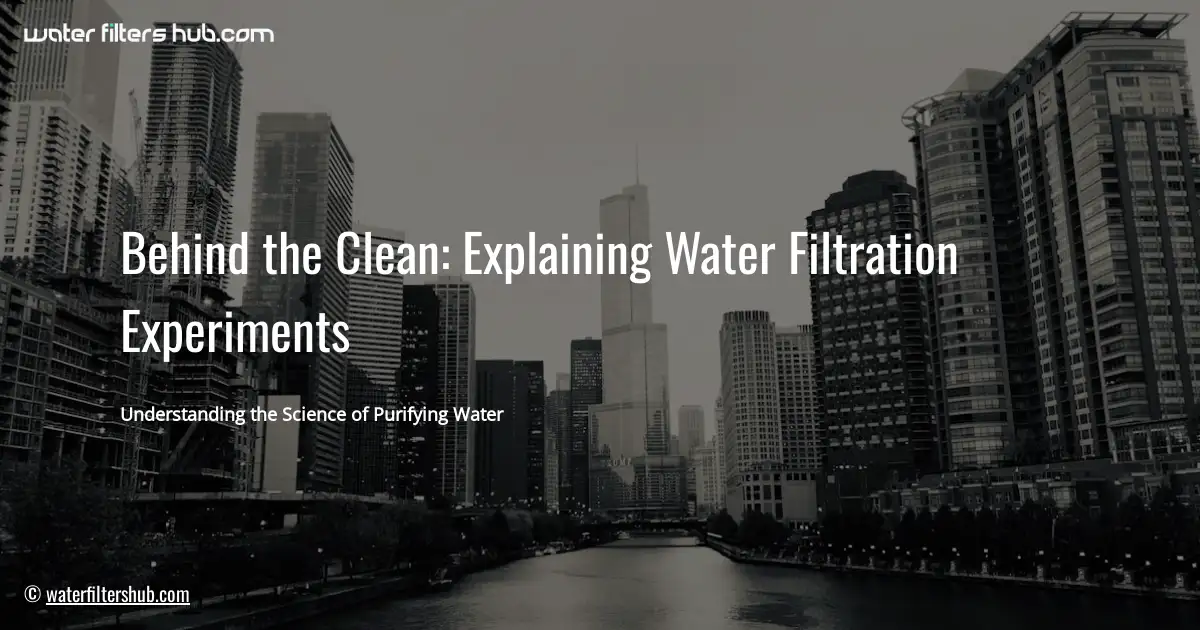
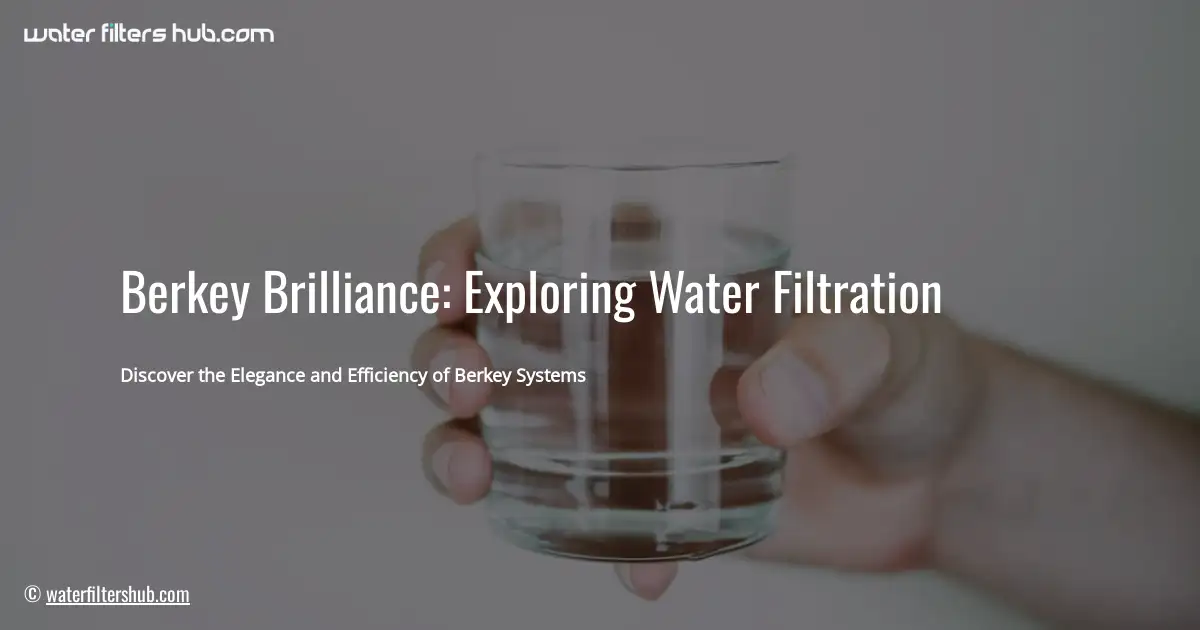
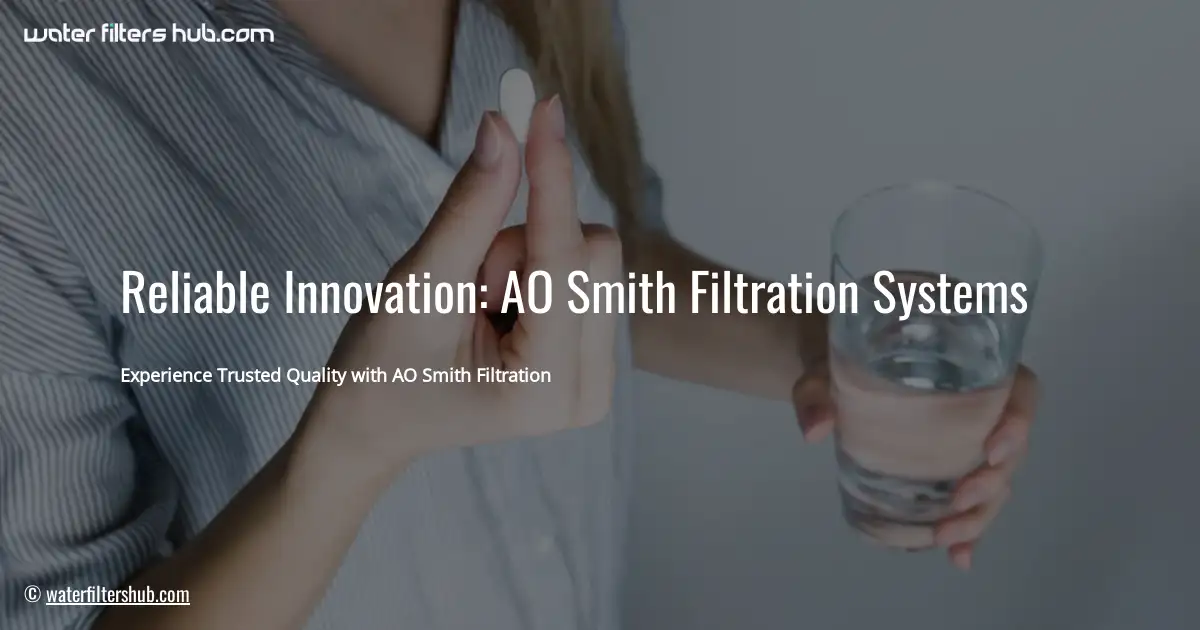
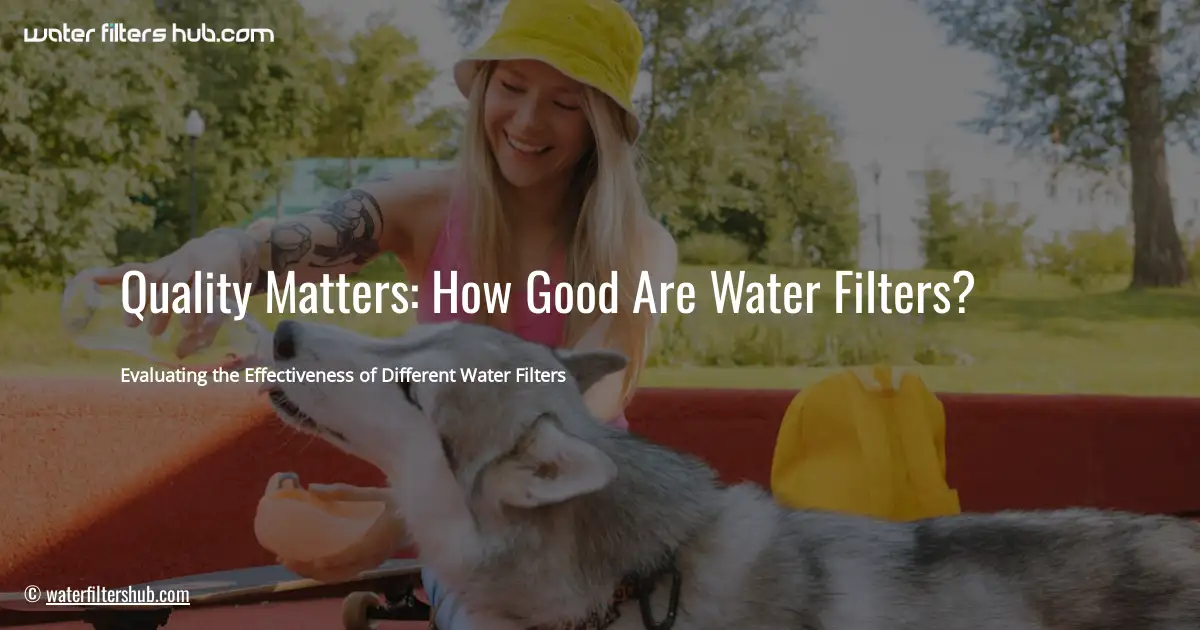
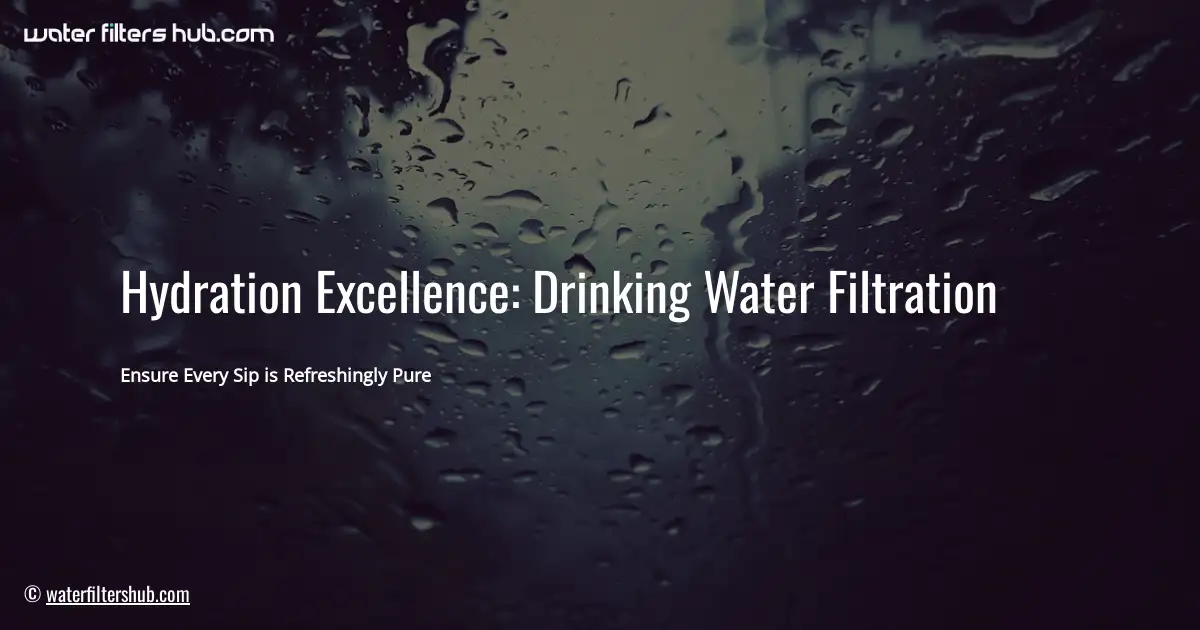
Leave a Reply